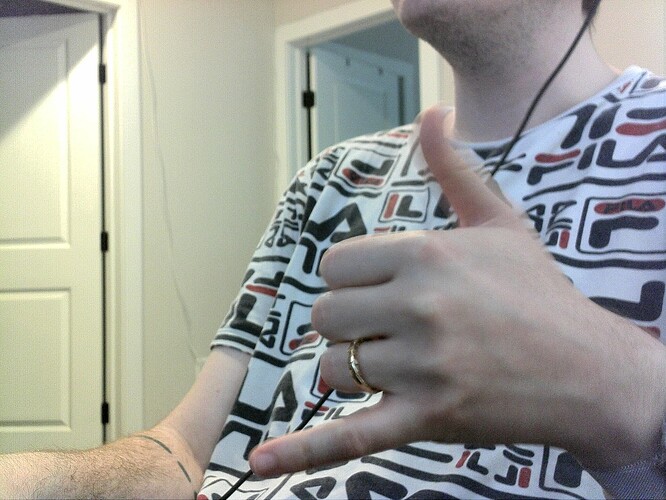Figured it out!
Here’s the code in case anyone else is looking for it:
Code
#include <stdlib.h>
#include <stdio.h>
#include “ArduCAM.h”
#include “sccb_bus.h”
#include <unistd.h>
#include <string.h>
void captureAndSaveImage(int camera_id);
#define IMAGE_SAVE_PATH “/home/evan/RaspberryPi/” // Path where images will be saved
#define MAX_JPEG_SIZE 1465535 // Adjust size as needed
int main(int argc, char *argv[]) {
char inputKey;
pioInit();
ArduCAM_CS_init(CAM_CS1, -1, -1, -1); // Initialize the CS for one camera
sccb_bus_init();
spiInit(4000000, 0); // Initialize SPI at 4MHz
Arducam_bus_detect(CAM_CS1, -1, -1, -1); // Detect SPI bus
resetFirmware(CAM_CS1, -1, -1, -1); // Reset firmware
ArduCAM_Init(OV5642);
// Set the highest resolution before starting capture
OV5642_set_JPEG_size(OV5642_2592x1944);
printf("Set the resolution to OV5642_2592x1944 successfully\r\n");
// Configure sensor settings
printf("Press 'Enter' to capture an image, 'q' to quit.\n");
while(1) {
inputKey = getchar(); // Wait for user input
if(inputKey == '\n') {
printf("Capturing image...\n");
captureAndSaveImage(CAM_CS1); // Capture and save image
} else if(inputKey == 'q') {
printf("Quitting...\n");
break; // Exit loop
}
}
return 0;
}
void captureAndSaveImage(int camera_id) {
static int image_count = 0; // Static variable to keep track of image count
printf(“Starting image capture…\n”);
flush_fifo(camera_id);
start_capture(camera_id);
while (!get_bit(ARDUCHIP_TRIG, CAP_DONE_MASK, camera_id));
unsigned int length = read_fifo_length(camera_id);
if (length >= MAX_JPEG_SIZE) {
printf("Error: Image size too large for buffer\n");
return;
}
printf("Captured image size: %u bytes\n", length);
unsigned char *imageBuffer = (unsigned char*)malloc(length);
if (!imageBuffer) {
printf("Failed to allocate memory for image buffer\n");
return;
}
// SPI read operation
CS_LOW(camera_id);
set_fifo_burst(); // Set FIFO burst mode
unsigned char temp_last = 0, temp = 0;
int is_header = 0;
int i = 0; // Index for imageBuffer
while (length--) {
temp_last = temp;
temp = spiSendReceive(0x00);
// If we find the JPEG header, set the flag and start collecting data
if ((temp == 0xD8) && (temp_last == 0xFF)) {
is_header = 1; // 'true' replaced with '1'
imageBuffer[i++] = temp_last;
imageBuffer[i++] = temp;
} else if ((temp == 0xD9) && (temp_last == 0xFF)) {
// If we find the EOI marker, we stop reading
imageBuffer[i++] = temp_last;
imageBuffer[i++] = temp;
// Update the length to reflect the actual data size
length = 0;
break;
} else if (is_header) {
// Collect the data
imageBuffer[i++] = temp;
}
}
CS_HIGH(camera_id);
// Verify if JPEG header was found
if (!is_header || i < 2 || imageBuffer[i-2] != 0xFF || imageBuffer[i-1] != 0xD9) {
printf("JPEG header not found or EOI marker missing!\n");
free(imageBuffer);
return;
}
// Update length to the actual number of bytes read
length = i;
char filename[100];
// Use the image_count in the filename, increment after using it
sprintf(filename, "%simage_%03d.jpg", IMAGE_SAVE_PATH, image_count++); // Create file path with sequential number
FILE *file = fopen(filename, "wb");
if (file == NULL) {
printf("Failed to open file for writing at %s\n", filename);
free(imageBuffer);
return;
}
fwrite(imageBuffer, 1, length, file);
fclose(file);
free(imageBuffer);
printf("Image successfully captured and saved as %s\n", filename);
}
